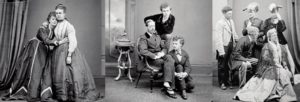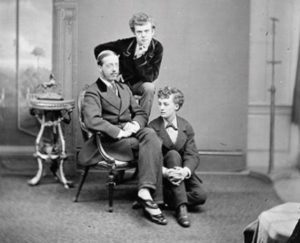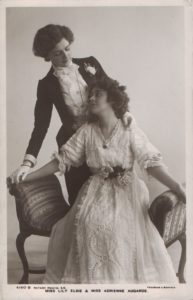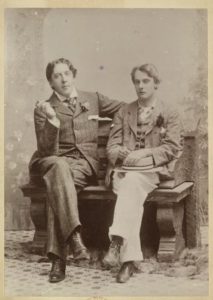
In Victorian era homosexuality had its differences and similarities. The Victorian era is important to be looked at so that we know the cultural context in which Oscar Wilde used to live in.
Since homosexuality went against the notion of masculinity, it was talked about rarely and it threatened the family structure as well as was believed to go against being fundamentally British. Unlike other European countries newspapers, medical journals and legislature resisted speaking on the subject.
Victorian era homosexuality
Until mid of the twentieth century sex psychology was not even brought into existence. This lack of information from different mediums of communication is the reason why discussion of homosexuality was not seen throughout society.
Discussions about homosexuality among society was very minimal because Victorian citizens tried to ignore the fact concept that males might have sexual relationship with other males. This notion was used to preserve the status of Victorian masculinity. Masculinity played an important role in being socially accepted and masculinity means being married and support their families.

Attitudes and expectations about marital and intimate relationships were very strict during Victorian era. Heterosexuality was considered natural and normal while any sexual behaviour and gender presentation outside of these parameters was labelled as deviant.
Before the socially constructed cultural concepts were marked by some self-proclaimed sexologists, these concepts and attitudes were considered actions and behaviours of individuals rather than identities. So, we can say that roots of sexual identity as social construction of western culture can be seen during 1880s.
However, lesbian and bisexual acts of women were common and not even illegal. On the other hand, male homosexual acts, even the ones conducted privately was considered criminal act. Men were sent to prison for having consensual sex with each other. Such sentences even led to suicides sometimes.
However, in the early twentieth century period some novels were written and paintings were displayed which depicted tales of same sex love. All these are believed to have enhanced the understanding of sexual diversity.

Publicly homosexuality was not discussed and it was hard to access private sexual behaviour. If someone was discovered to have sex with men and also involved in family, like Oscar Wilde, the crisis was kept inside and dealt within family. Many believed that one could be moral and at the same time have sexual relations.
This was one of the reasons why homosexuality was extremely problematic issue the British society faced at that time. In the fundamental British society, it was embarrassing to speak of this sexual issue.
It was only when the trials of Oscar Wilde were going on that the term and idea of classifying homosexuality came to limelight. Homosexuality was very rarely discussed in Victorian society and whenever it was discussed there were severe consequences for these men.
Observable homosexuality
Even though heterosexuality was considered normal and natural throughout Victorian era, there is seen visible increase in homosexuality especially among men as well as intelligentsia during that period of history. The reason was that homosexuality was prohibited as indecent behaviour in public and privately, gay sex behind closed doors was not considered criminal offence until 1885.

Victorian citizens rarely lived up to their stereotypes when it came to gender, health and sexuality. Because of different ideas and practices, they dealt with complex, dramatically developed fields, which was often influenced by the wider global view. Also, pressures from religious institutions and government led to creating laws against homosexuality. It is believed that Victorians had a more lenient attitude towards gay relationships or attitude to sex between men than their 1960s counterparts.